Bay Tree Transplant Tips: How To Transplant Bay Trees
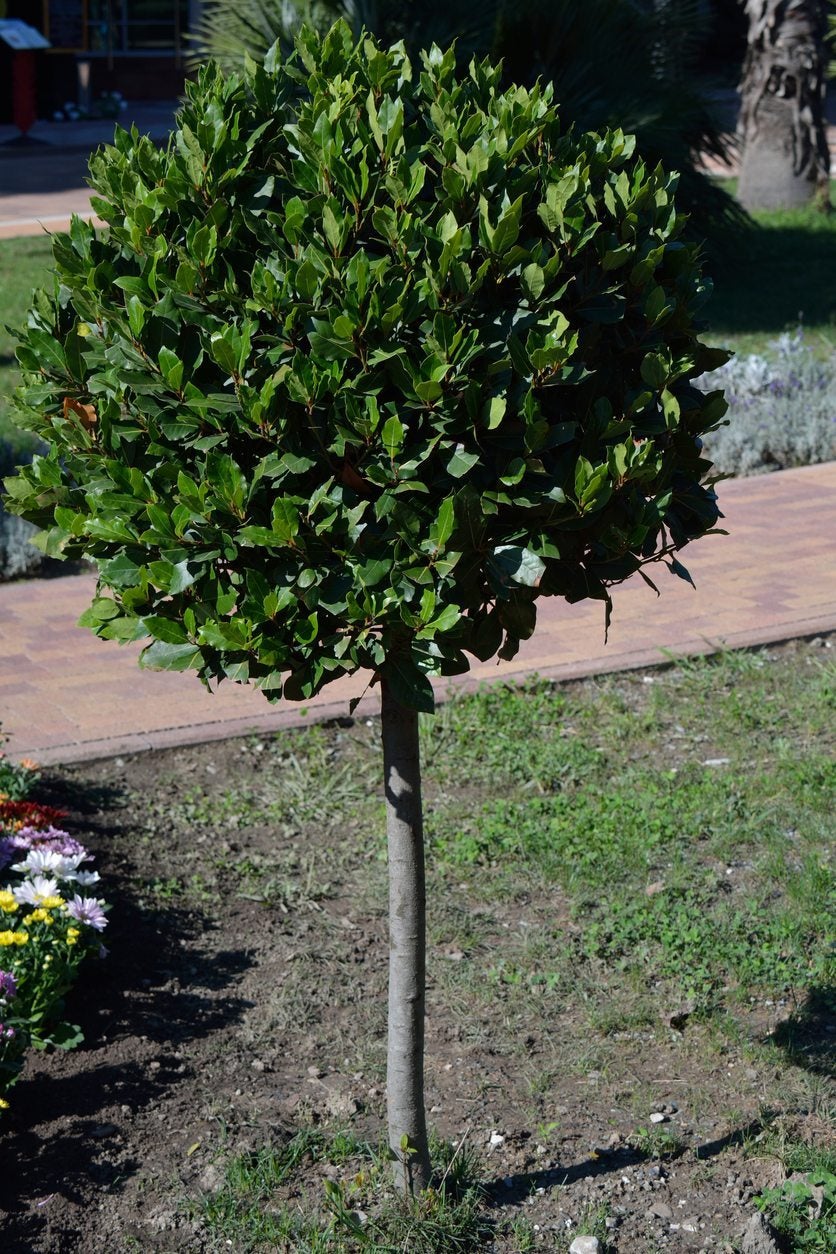

Bay laurel trees are small evergreens with dense, aromatic foliage. The leaves are often used for flavoring in cooking. If your bay tree has outgrown its planting site, you may be wondering how to transplant bay trees. Read on for tips on transplanting bay trees.
Moving a Bay Tree
Bay trees are relatively small, and some gardeners grow them in containers. You may be thinking of moving a bay tree from one container to a garden site or from one garden site to another. In either case, you’ll want to be sure to do it right. When you are transplanting bay trees, you’ll want to get information on how to transplant bay trees. Before you pick up that shovel though, you need to figure out when to move a bay tree. Experts suggest that you should wait until summer’s heat has cooled to act. The best time for transplanting a bay tree is autumn. In addition to ushering in milder weather, autumn often brings rains that help the bay tree transplant develop its root system in the new site.
How to Transplant Bay Trees
When you are ready to start moving a bay tree, the first thing to do is to prepare the new site. This allows you to set the tree’s rootball into the new site immediately. Select a site protected from strong winds. The bay tree transplant will require a new planting hole. Shovel out a hole considerably larger than the tree’s rootball. The hole should be twice as wide as and somewhat deeper than the rootball. Loosen up the soil in the hole to allow the bay’s roots to easily adjust. Some experts recommend pruning the bay tree transplant before moving it. You might also spray it several hours before transplant with a product called Stressguard. It is said to reduce the risk of transplant shock. The most important thing to remember when you are transplanting bay trees is to dig out and move as much of the root ball as possible. Dig around the outside of the rootball until you are certain of its perimeters. Then dig down until you arrive at the depth where most of the roots lie. Lift the soil with the roots attached, taking care not to damage small feeder roots. When you can, lift out the rootball in one piece. Place it on a tarp and take it to its new location. Slide the tree into the planting hole, then backfill. When the tree is solid and straight, tamp the soil down and water it well. Water regularly for the first year after transplanting bay trees. It’s also a good idea to spread a layer of mulch over the root area. Don’t allow the mulch to get very close to the tree trunk.
Gardening tips, videos, info and more delivered right to your inbox!
Sign up for the Gardening Know How newsletter today and receive a free copy of our e-book "How to Grow Delicious Tomatoes".

Teo Spengler is a master gardener and a docent at the San Francisco Botanical Garden, where she hosts public tours. She has studied horticulture and written about nature, trees, plants, and gardening for more than two decades. Her extended family includes some 30 houseplants and hundreds of outdoor plants, including 250 trees, which are her main passion. Spengler currently splits her life between San Francisco and the French Basque Country, though she was raised in Alaska, giving her experience of gardening in a range of climates.
-
 Looking For Plants To Give You The Soft And Fuzzies? Try These 5 Fuzzy Leaf Plant Options
Looking For Plants To Give You The Soft And Fuzzies? Try These 5 Fuzzy Leaf Plant OptionsLovers of texture, drama, silver foliage and tactile plants will adore these special sensory garden additions. These fuzzy leaf plant options will leave you all aglow
By Susan Albert
-
 Get Ready For A Summer Of Hummers! Grow These Full Sun Hummingbird Plants and Flowers
Get Ready For A Summer Of Hummers! Grow These Full Sun Hummingbird Plants and FlowersIf you’re lucky enough to enjoy a sunny backyard, make sure you are maxing out on your pollinator opportunities and grow these full sun hummingbird plants and flowers
By Tonya Barnett
-
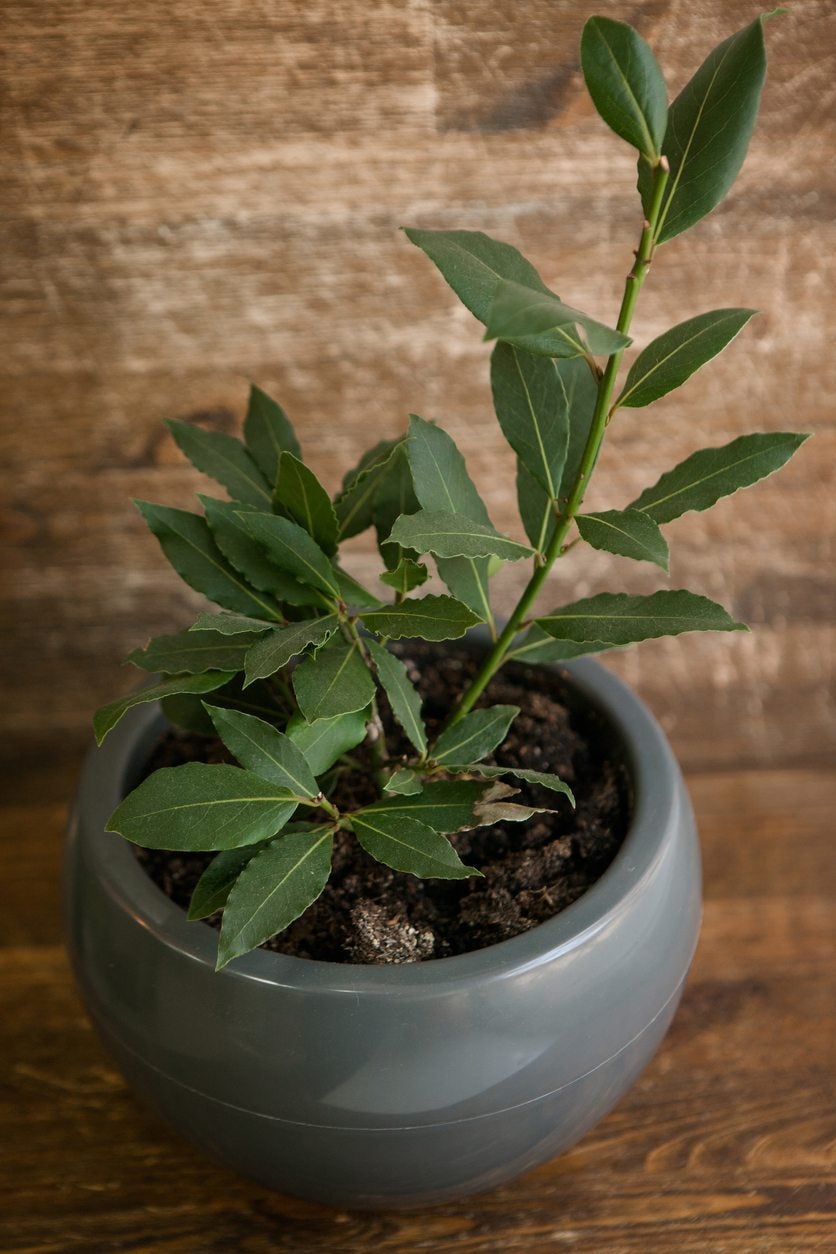 Bay Tree Propagation – Tips For Rooting Bay Tree Cuttings
Bay Tree Propagation – Tips For Rooting Bay Tree CuttingsOne mature bay tree will keep even the most dedicated cook in pungent bay leaves for a lifetime. But if you need more, it is not difficult to start growing a bay tree from cuttings. For more information on propagating cuttings from a bay tree, click here.
By Teo Spengler
-
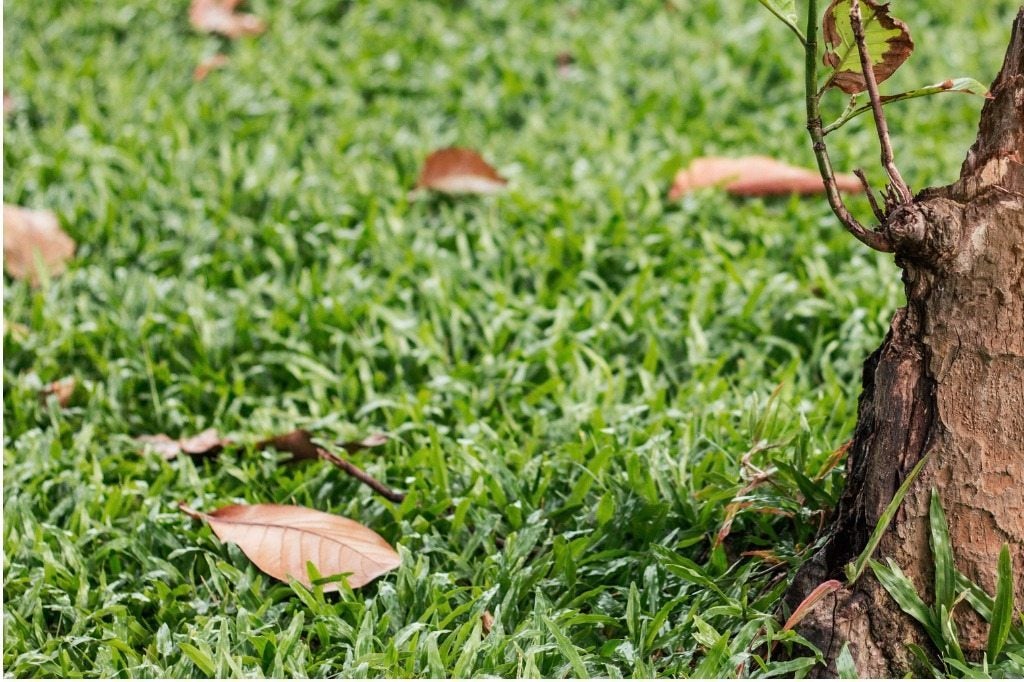 Bay Tree Leaf Drop: Why Is My Bay Losing Leaves
Bay Tree Leaf Drop: Why Is My Bay Losing LeavesBay laurel is one of the most impressive looking among the culinary herbs. Although it?s pretty sturdy, once in a while you may run into trouble with dropping bay leaves. Click this article to learn about bay trees dropping leaves.
By Kristi Waterworth
-
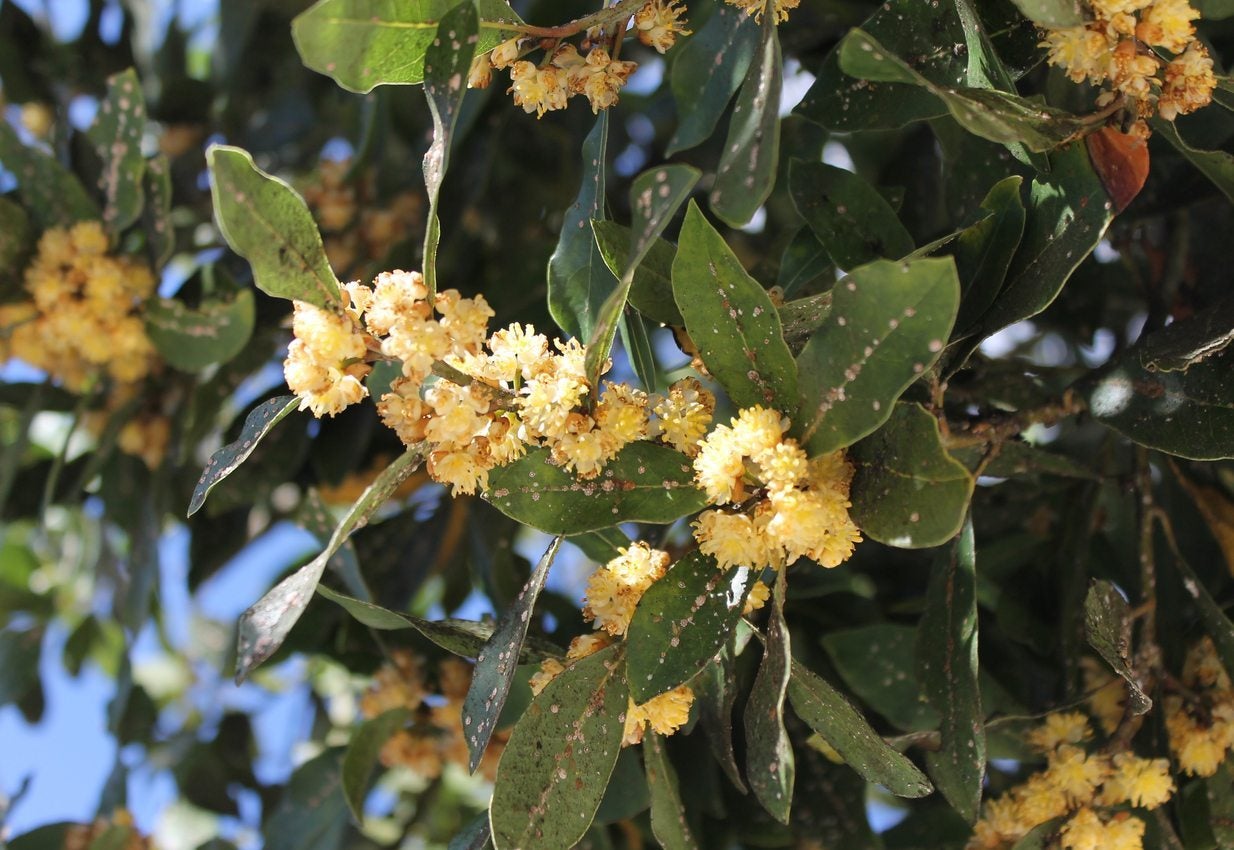 How To Treat Bay Pests : Dealing With Pests On A Bay Tree
How To Treat Bay Pests : Dealing With Pests On A Bay TreeMost bay tree insects are foliar feasters, but there are a few boring insects that can cause damage to the trunk and twigs. Click on the following article to find out how to treat bay pests in a safe and non-toxic manner.
By Bonnie L. Grant
-
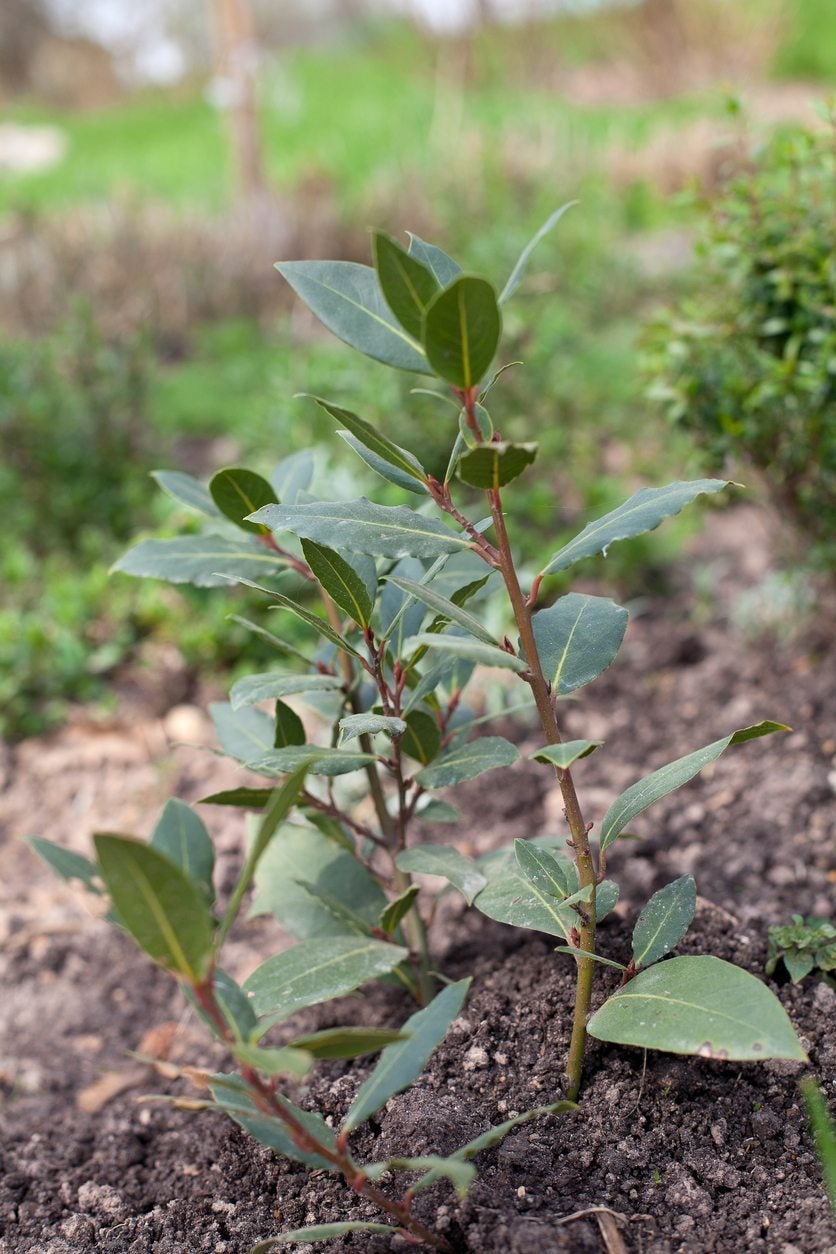 Diseases Of Bay Trees : How To Treat A Sick Bay Tree
Diseases Of Bay Trees : How To Treat A Sick Bay TreeBay is an easy-to-grow plant but is susceptible to a few diseases, many of which create problems on foliage, the part used in cooking. Preventing these diseases can help protect both the plant and your secret recipe ingredient. Learn more in this article.
By Bonnie L. Grant
-
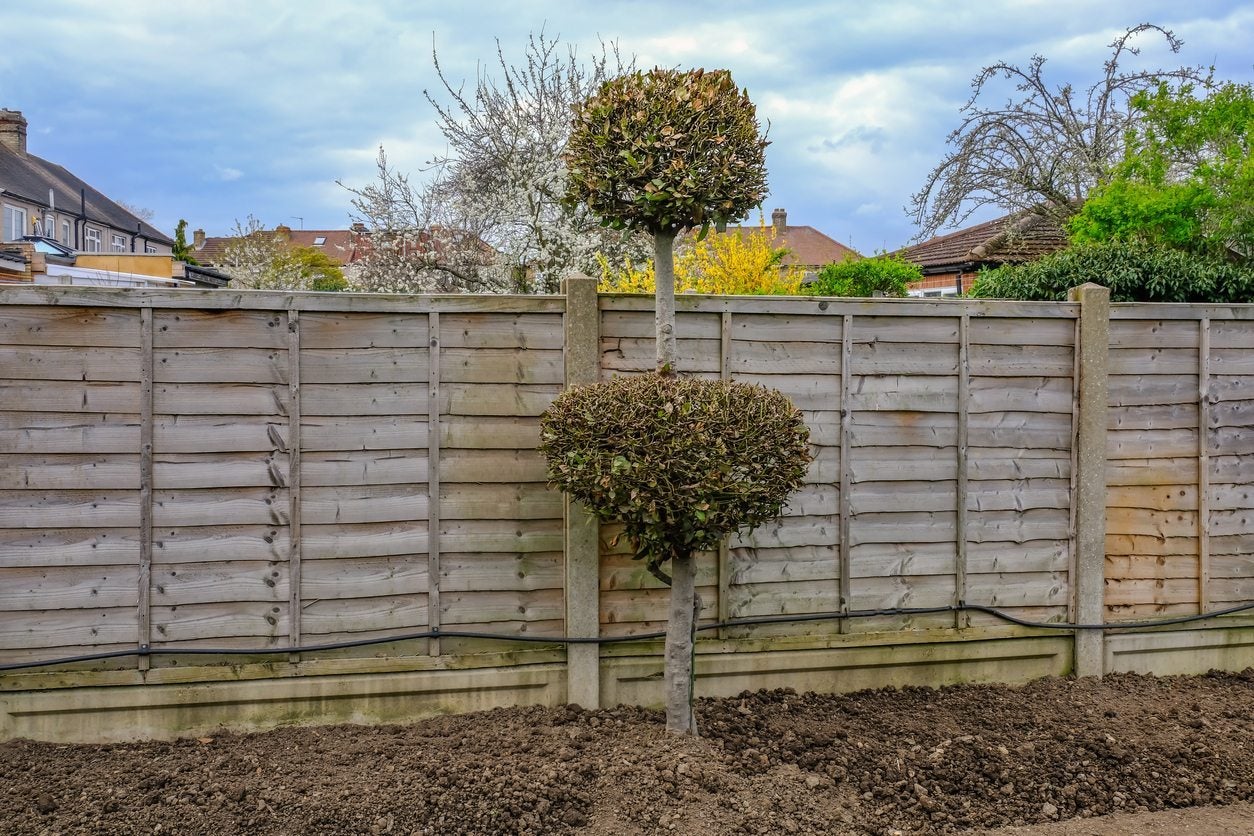 How To Prune A Bay Tree – Tips For Cutting Back Bay Trees
How To Prune A Bay Tree – Tips For Cutting Back Bay TreesBay tree pruning is not strictly necessary for the health of the tree, but the trees readily accept light or severe pruning, including pruning bay trees into topiary shapes. Learn how to prune bay laurel trees in this article.
By Teo Spengler
-
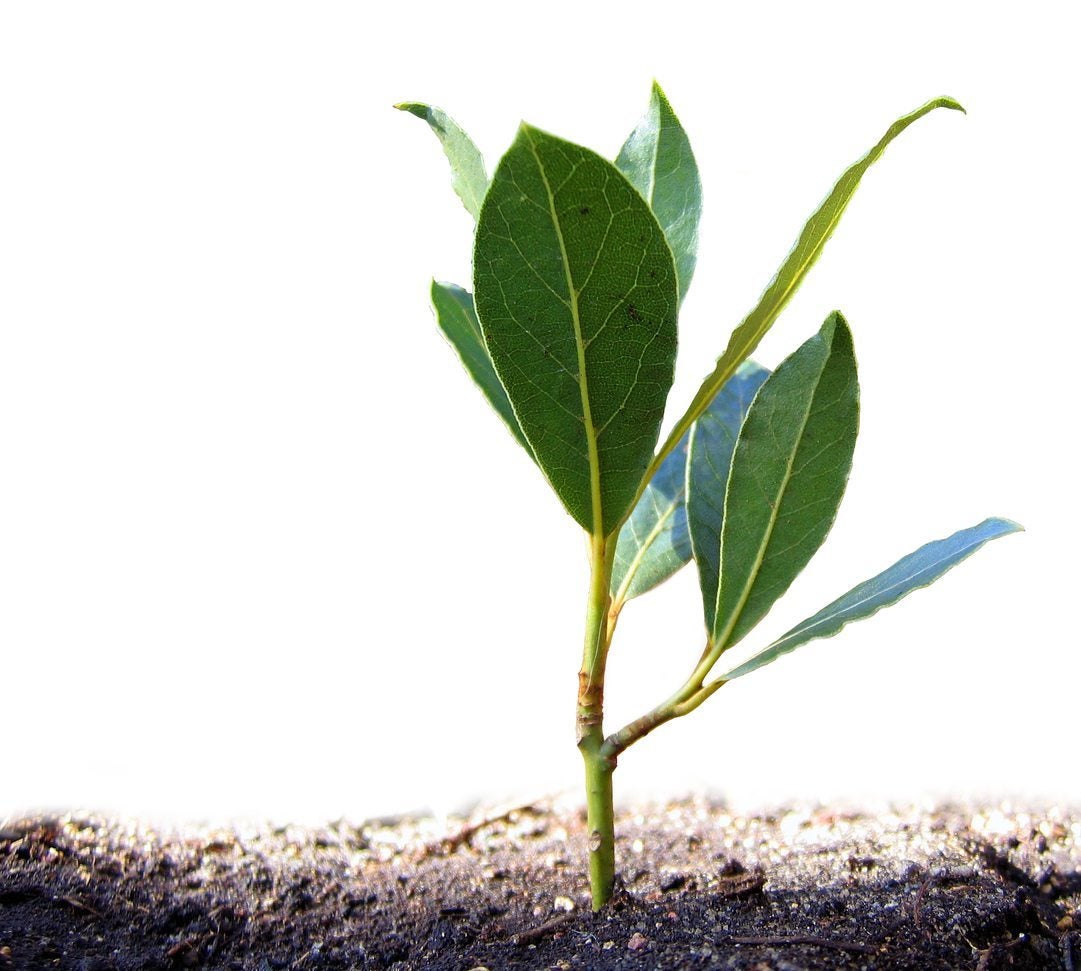 When To Sow Bay Seeds: Tips For Growing Bay Tree Seeds
When To Sow Bay Seeds: Tips For Growing Bay Tree SeedsUsually, sweet bay is purchased as a seedling from a nursery, but growing bay tree seeds is also possible, provided the grower has some patience since bay seed germination is a slow process. Interested in planting bay seeds? Find out when to sow bay seeds in this article.
By Amy Grant
-
 Harvesting Bay Leaves: When To Pick Bay Leaves For Cooking
Harvesting Bay Leaves: When To Pick Bay Leaves For CookingAlmost everyone should be picking their own bay leaves; of course, you need to know when to pick them. Is there a specific bay leaf harvest time of year? The following article contains information on harvesting bay leaves.
By Amy Grant
-
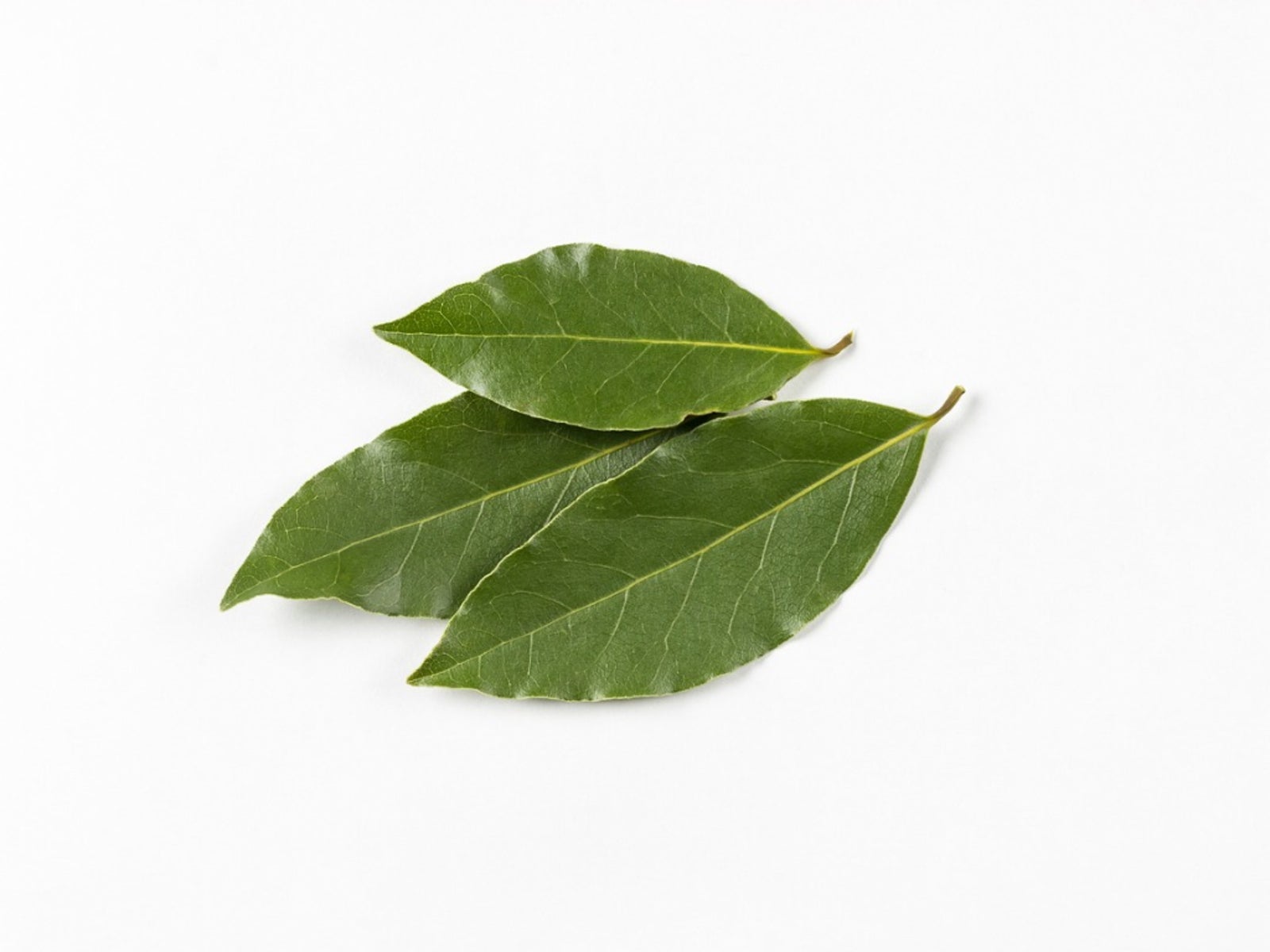 Are Some Bay Leaves Toxic – Learn Which Bay Trees Are Edible
Are Some Bay Leaves Toxic – Learn Which Bay Trees Are EdibleThe delightful Mediterranean bay tree has a reputation for being toxic. What?s the real truth about bay leaves? Are they poisonous? Which bay trees are edible? Can you cook with all bay leaves, or are some bay leaves toxic? We?ll explore the issue in this article.
By Mary H. Dyer